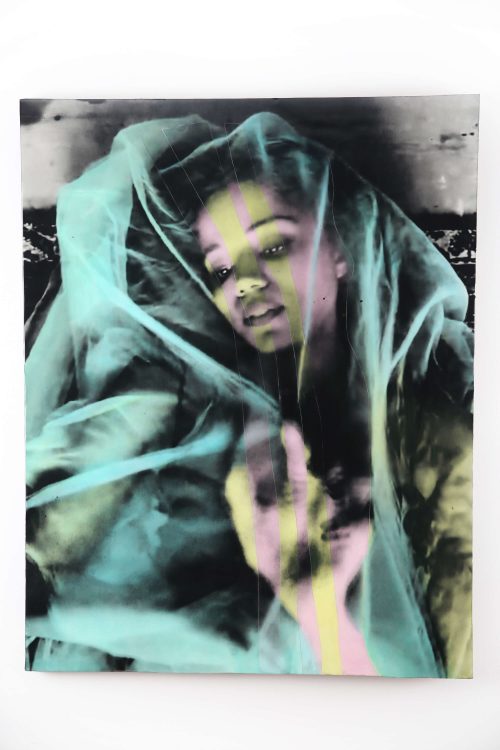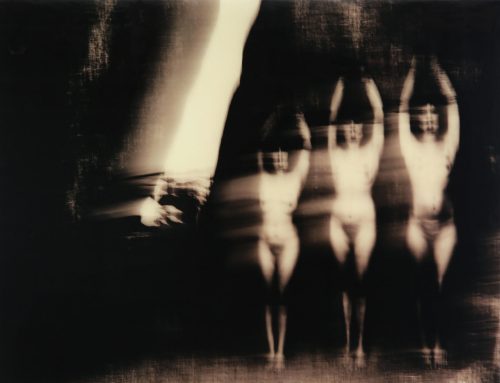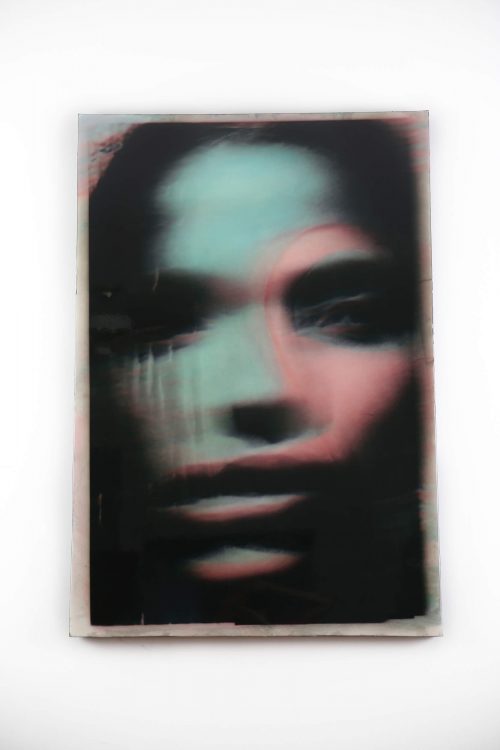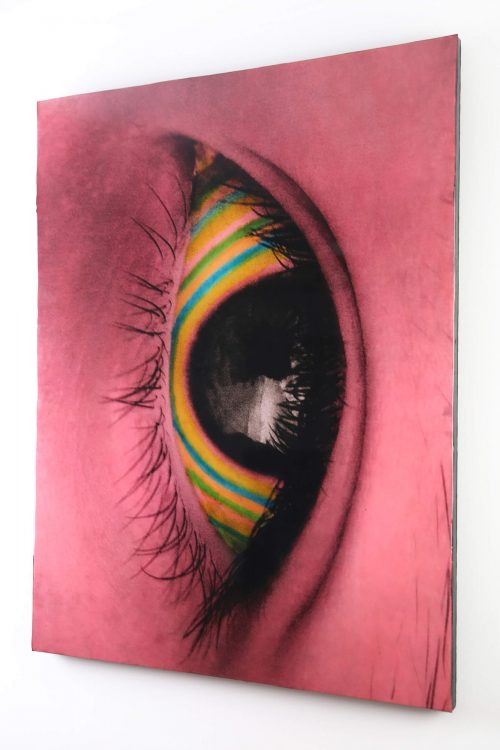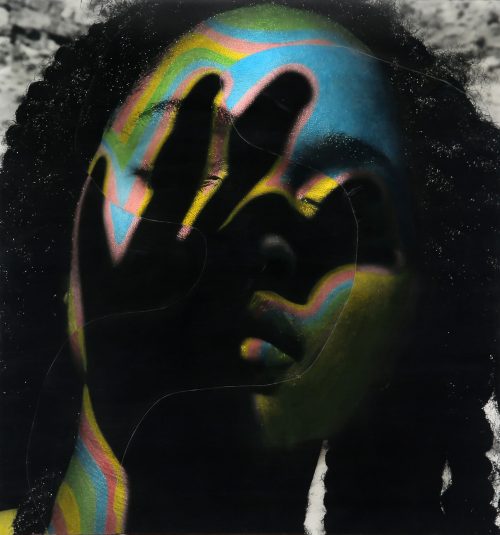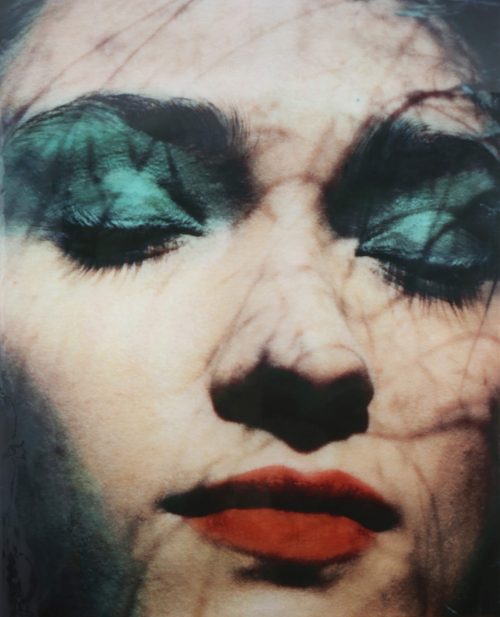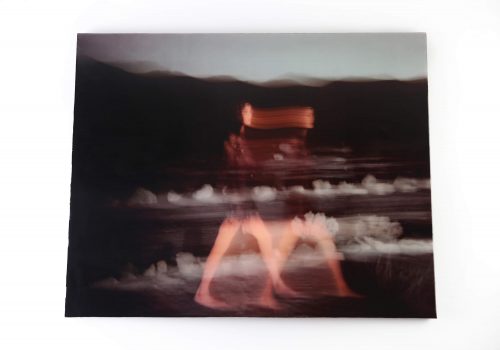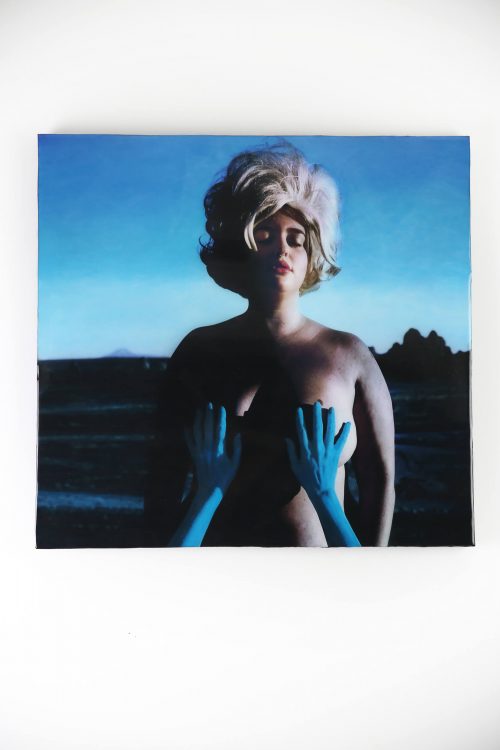This week we are delighted to talk to USA based artist Shae Detar. With her first publication on the horizon and the release of an exciting new body of work we decided it was time to reveal a little more about her process and what drives her creativity. We hope you enjoy finding out more about Shae’s background as a model, her passion for painting and the evolution of her extraordinary artistic practice.
Interviewed by Alexander Mourant…
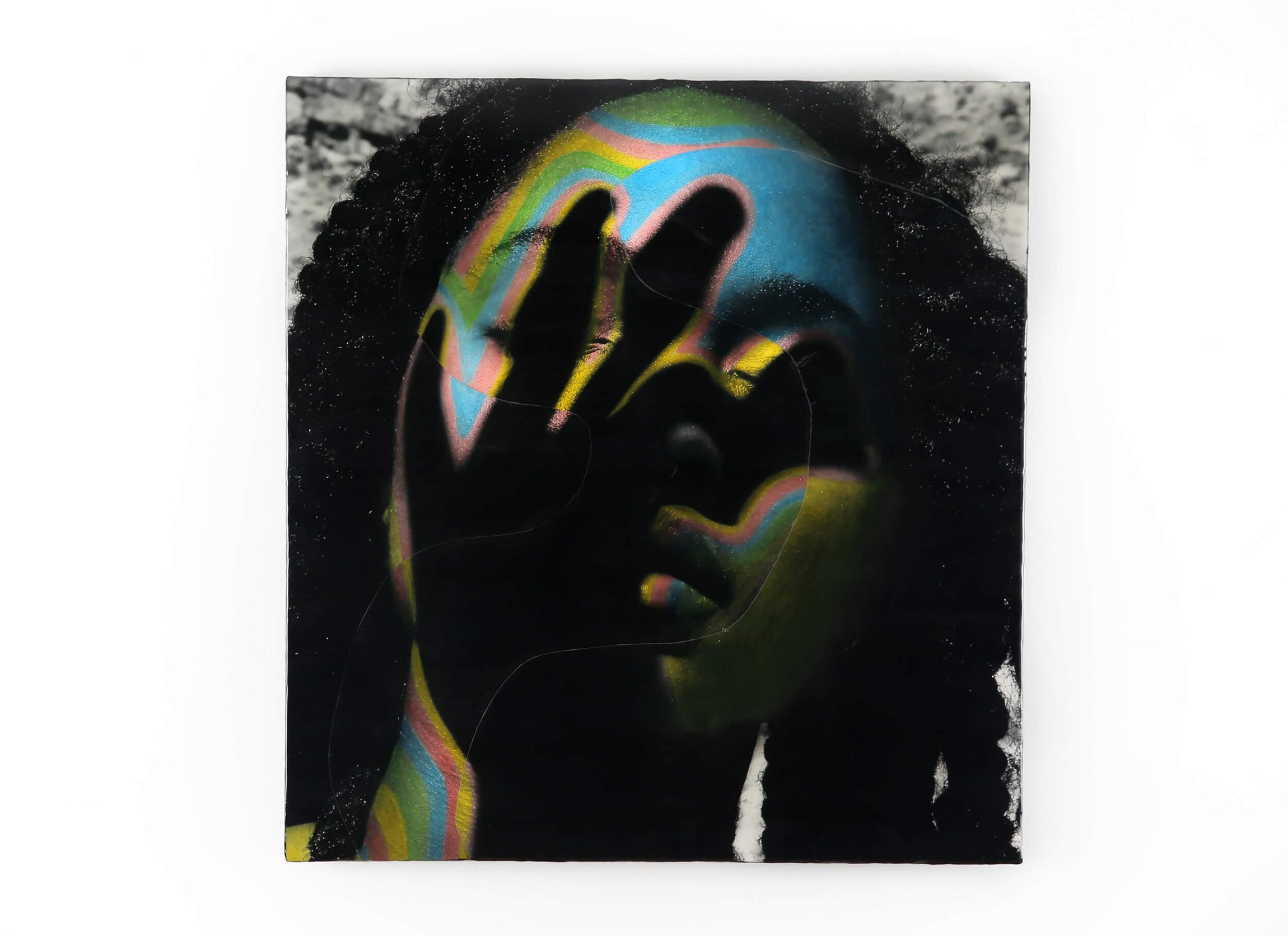
Q: I’d love to start by exploring the origins of your practice. Where did it all begin, and how has your process evolved over time?
As a teenager I was studying to become an actor and since I homeschooled, I was able to do theatre, training and auditions in NYC every week. In my free time I would take magazines I’d bought in New York City’s East Village and cut them up, collage and paint on them. I did that all through my teen years, just for fun. When I was a model with NEXT in Europe, a roommate in the model flats saw my work and told me I should go to art school for graphic design and this ignited a desire to seek out art school. I had never thought of the painted collages as art, it was just something I did for fun. I ended up going to SVA for a few years but I dropped out because I really didn’t like graphic design, and I wanted to make every assignment by hand and they wanted me to use the computer and fonts. I didn’t know then that I should have just switched to fine art or photo…so I went back into modeling and didn’t come back to art until years later when I had a vintage shop and wanted to find another career path. My husband suggested I try photography and honestly it has been one big journey from there. I taught myself how to use the darkroom, shoot film, and in the beginning I was painting on silver gelatin prints with oils…but I eventually started experimenting for about 2 years with different papers and paints until I settled on my current practice, which is using watercolour and charcoal. I recently evolved my practice even further and now it includes building wood panels to mount my work to and then covering the work in epoxy resin. I feel like I am finally at the place where my work is exactly where I want it to be. It took over 12 years to get to this place where I can confidently say, I love what I make and it now looks so beautiful, especially in person…the epoxy covered wood panel frames are so beautiful. It takes so long to make each one that I appreciate how special they are.
Q: Your move from fine art painting towards photography is fascinating. Although, this progression is not as clear-cut as it might first sound. You work with photography as the primary layer, and then incorporate painting and other materials. Could you elaborate on the importance of experimentation and how / which materials have influenced your approach?
I actually started with photography and then in 2017 I decided to enroll into university to study classical oil painting. It was probably not the smartest time to step away from my career, as I was really having a moment, but I was determined to learn how to oil paint. I took 4 years off from my photo career, only doing a few gigs here and there throughout that time. The atelier schedule and strict methods combined with the rigorous hours of drawing taught me to really SEE. I think it added a lot of depth to my work as a mixed media photographer. I don’t regret stepping away from photography for all of those years because it deepened my artistic practice. It’s difficult trying to relaunch a career because people forget about you, but it was worth it.
In terms of experimentation, it’s absolutely necessary for me to stay open, and present. I don’t think about who will like the work, or what expectations there may be, it is vital to release my mind and any outcomes into the unknown. When I am working on new images, I try to be free spirited like children are when they sit down to draw, because kids don’t overthink it, they don’t judge themselves, they are just in the moment. I want to be like that when I am creating. The editing of the thing I make, that comes later. There is a time for editing and refining and long hours in the studio making sure the piece is perfect, but never during creation time. I let myself be free and do whatever comes to me…I have to be willing to risk and fail if I want to make something true.
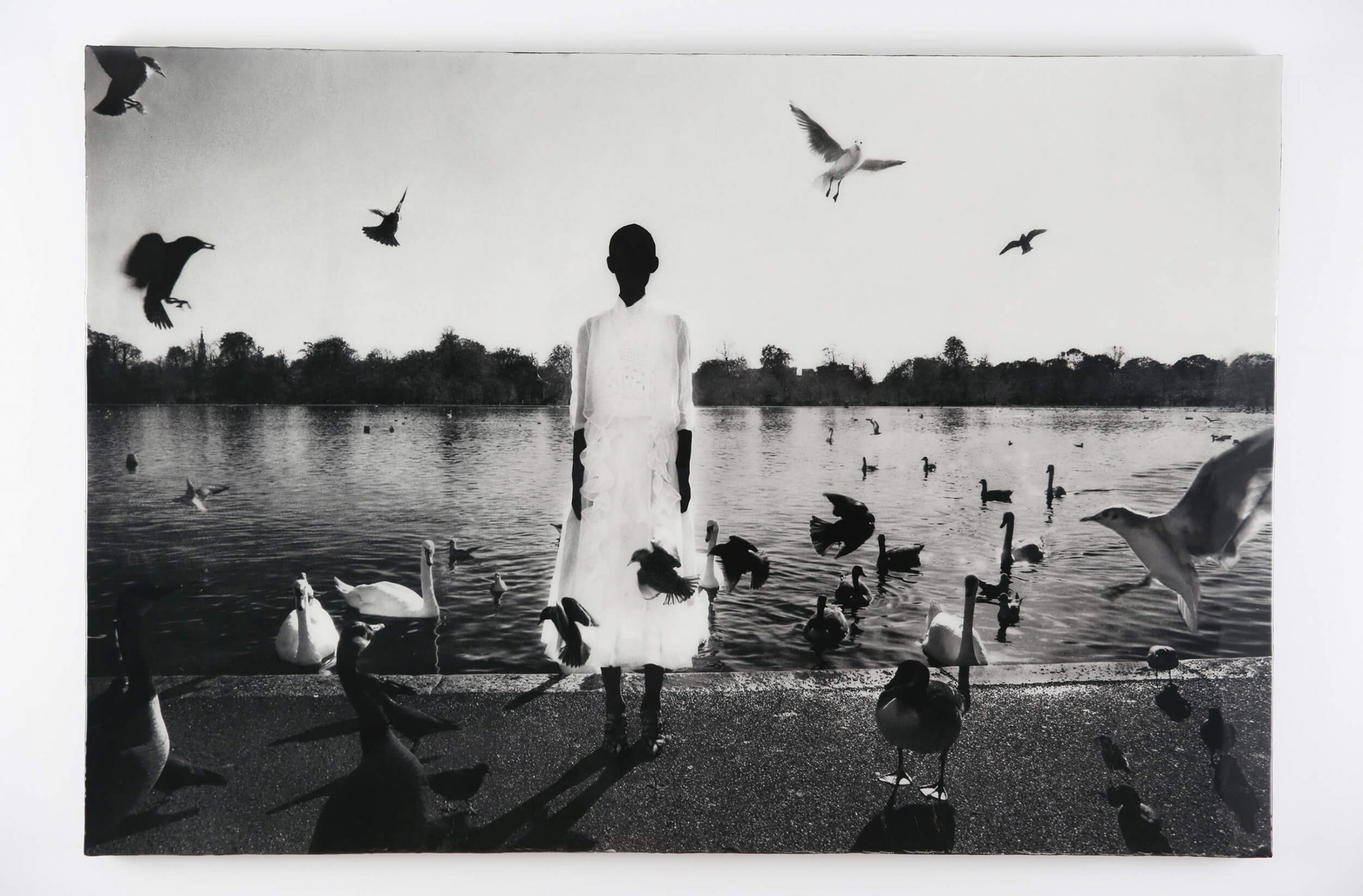
Q: The mixed-media aspect of your work helps ‘push’ the photograph into new realms of fantasy and wonder. Your works are unique, large scale and engulfing, with the appearance of textured canvas, which again, is unusual for photography. How does this sensory relationship and scale contribute to the reading of your work?
I love working on a larger scale, first and foremost. I prefer the 9 and 10 foot range but I usually end up in the 5 and 7 ft range because my printer only goes to 44” width. But the size of the pieces really makes me feel the work and excites me. Part of the thrill and adventure is not knowing what will happen and letting the images become something else. The first part of the adventure is finding subjects, meeting them and taking them to some far out place, and taking photos and then coming home. I let myself have no expectations and once I am in the studio another journey begins, and that is making what I shot something else entirely. I don’t use canvas as a texture, I use watercolor paper and It has a texture look I suppose a bit, but texture isn’t of any consequence to me really….it’s more about color and feeling.
I do love the handmade quality, and I leave little imperfections if they happen(within reason) because it allows the work to be more human. I usually restart pieces when I have made mistakes but I have come to terms with minor things…and have come to embrace certain things like brush strokes, because this is not a factory print, this is handmade. I want my work to feel like a human touched it and I don’t mind seeing dust in the varnish, things like that. I love when that happens in famous paintings and you stand close to it and you go wooooow, it’s textured and real and that painter was just living life while painting this and it makes it all feel so much more special, because of the humanity of it. We are surrounded by a digital world that keeps growing all around us, and I think I’m very old school in the sense that I love handmade art of all mediums, oil paintings, mixed media, sculpture, live shows, things that connect you to the humanity of life.
Q: Your artworks are often vivid, hypnotic and surreal. Do you decide on a colour palette and pattern before working on a canvas, or are you led by making and intuition?
My ethos is generally to ’trust your gut’. I do not usually plan on using a certain color palette but that is also not to say that I don’t often find myself fixating on a certain color and implementing it into my work a lot during that period or phase. I noticed when I was editing and sequencing my first art book, ‘Another World’, that I tend to lean into certain colors at certain times. Sequencing my book taught me so much about what I’ve done and where I want to go next. In some ways I am closing a chapter on a period of time when I created all of those images, which is about 12 years of work, and I feel myself moving towards something new. I have been evolving and trying new techniques and I’m really feeling invigorated by the changes. It still feels like my work, but it also feels new to me, and that’s really important to me…to always evolve and grow.
Q: You embrace an interdisciplinary practice that seems alchemical, and I imagine it gives you a sense of artistic liberation. Might this energy be shared with the subject matter of your work?
I’ve heard people say that the medium or process that an artist practices doesn’t really matter because at the end of the day, what is most important is the image and how it makes someone feel. I understand this concept and I suppose in some ways I agree, but to me, half of the fun of creating is about the process. When I go to a museum I love seeing the brush strokes and the hand made elements of a piece, and knowing that the artist has labored over their craft and honed in on their skills for years to get to this moment of creation. I think the process of an artist moves me…knowing Van Gogh’s story moves me and adds so much more to what I am looking at. I read artists’ biographies and art history all the time because It helps tell me some of the story of how the work came to be, and for whatever reason that moves me. I love knowing that I have my lifetime here on earth to get better and everything I make is just a piece of my story, as small and insignificant as that story may be, it is a very honest piece of one human being’s life on earth.
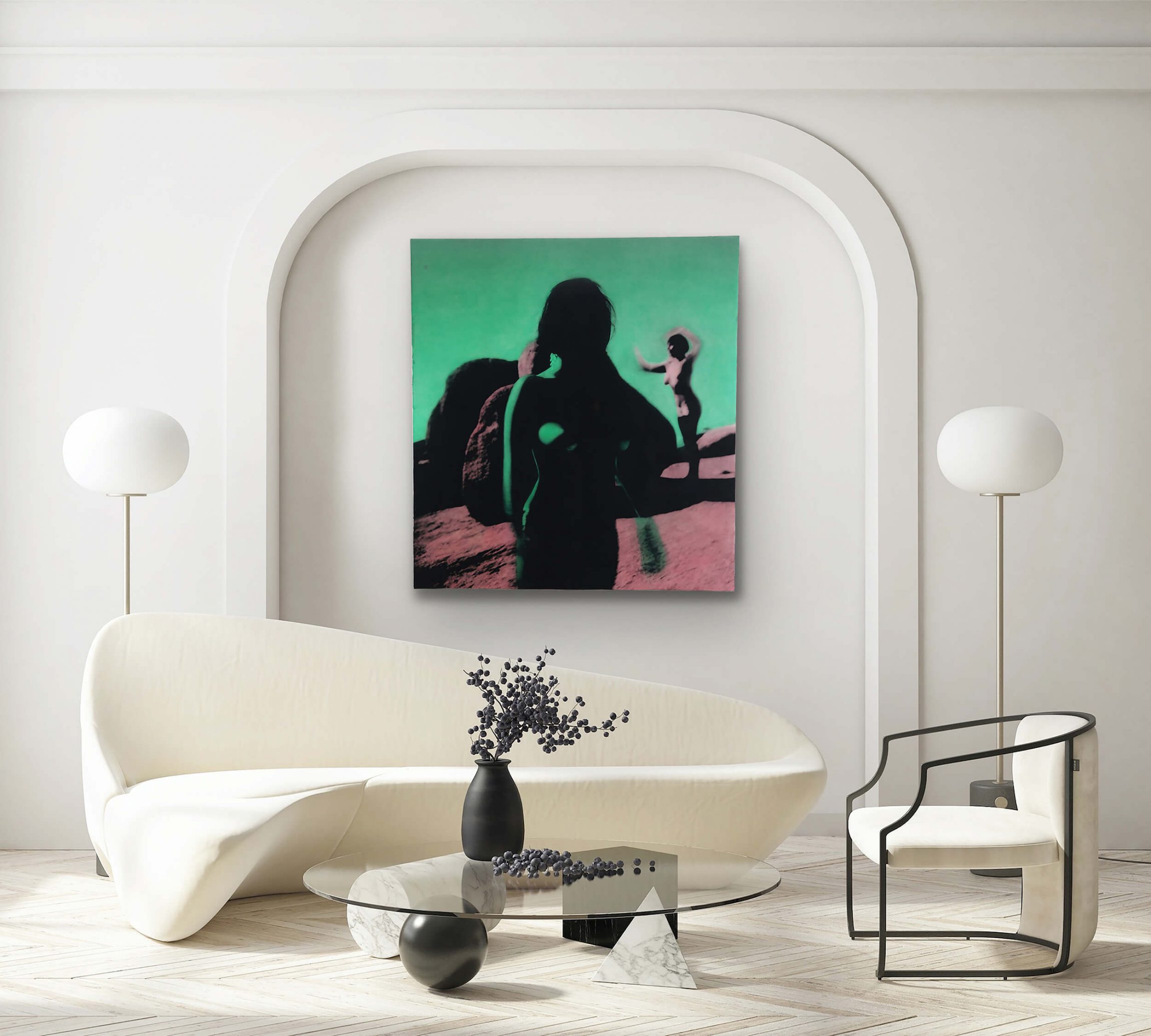
Q: Another World is a well-known series of yours, which joins a long tradition of positioning the nude within the landscape. Could you explain the process of finding locations, and how you decide which models to work with?
I research online to find interesting locations throughout the world. I have a large folder of places that I hope to go to one day…and I figure out which ones are feasible at any given time. I then search through my folders of model volunteers and also do online instagram volunteer castings and just generally go with whoever is available. I don’t often know the subjects before picking them up to shoot and we have hours in the car to get to know each other so by the time we get to the location, I know a good bit about them, which is cool. Many of the girls I have photographed several times because they become my friends over time, but in the beginning I didn’t know almost any of these subjects. I’ve made a lot of friends through this journey, which is really special.
Q: Do you view the creation of your work as a collaboration between yourself, the land and the figure?
The landscape and the figure are layers that help me to get to where I am going. I need each layer to help me tell the story so the viewer can see whatever it is I am trying to portray. I usually have an idea or a feeling about a landscape and I photograph it and then that is my base layer…from there I just add more layers by using color or mood, abstraction. I’ll make an image that I shot in the daytime look like we shot at midnight, I’ll make someone pink, blue or yellow, I’ll black out a background with charcoal, whatever it is that I exaggerate or add to the image helps deepen or create some mood, but it’s always involving a landscape or a figure and often, both at the same time. Lately I am focusing on faces, close ups and slow shutter speeds and this idea of other dimensions or spirits… I’m not fixated on landscape at the moment, but my book is steeped in landscape and figure.
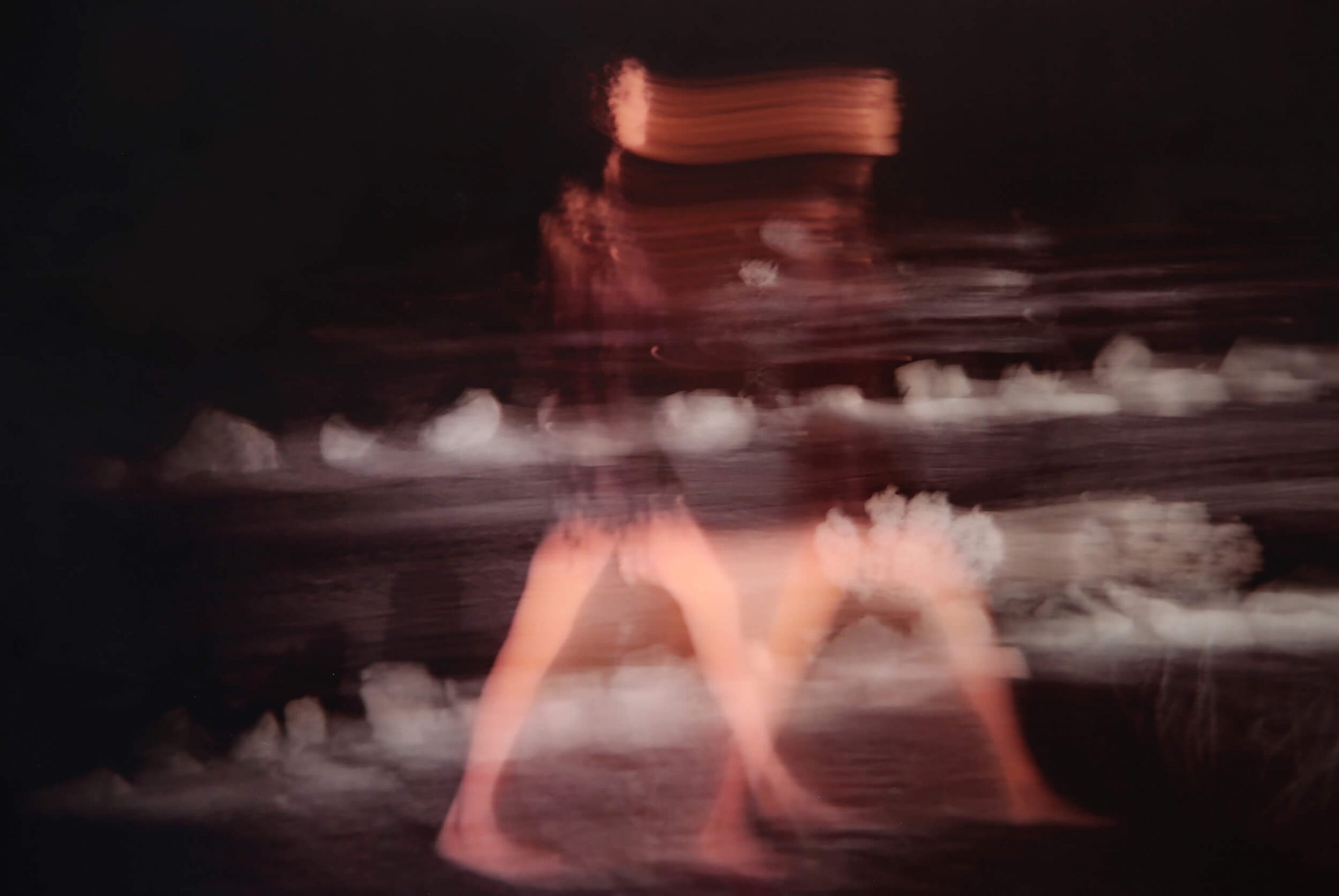
Q: You have an intimate relationship with art history. What elements do you reference and how have you incorporated this research into your photography?
The art history knowledge that I surround myself with isn’t really ever incorporated into the work intentionally, though I am sure it gets in there in little ways, but how I utilize it more intentionally is as a means of keeping my life and mind as an artist in perspective. For instance, most of my favorite artists are dead, and I know that nearly all of them struggled, often barely selling any work in their lifetimes and some of them died obscure and poor. Ha! How is that for inspiring! But, it reinforces this very important reminder to me that it doesn’t matter if I am successful in the material world, or in the way that the world views “success.” What matters to me is that I am very honest and authentic in what I create and that I work really hard and stay true to my vision. Of course we all need to make a living and artists often have to compromise in some areas in order to do that, but reading biographies helps me to have perspective on the art journey and it reminds me to be present and to be content along the way during the journey.
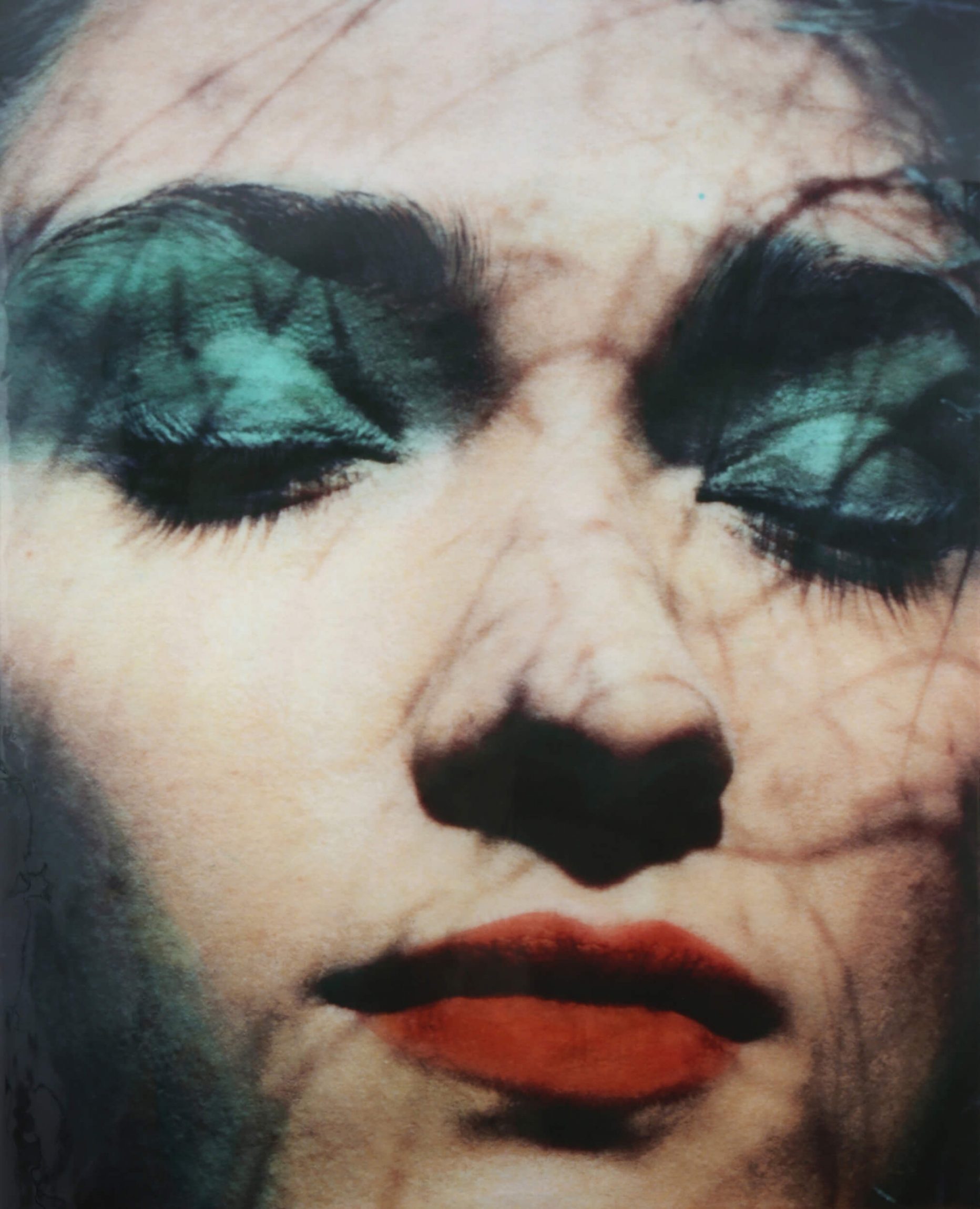
Q: Alongside compelling visual comparisons between shape, form, the body and the landscape, what allegorical meanings are found in Another World?
I think any answer today would be different than it would have been a year ago or 5 years ago. It might be different in 6 years time, or 10. A friend of mine, Dan Estanbrook, is this really talented and renowned artist in the alternative process photo world, and so I have a lot of respect for this man both as a friend and as an artist and I trust his opinions. He once told me, early on in my career, that he saw a lot of darkness in my work, and at the time, I was brand new and honestly I was dumbfounded by his comment. “Dark?!” I remember saying, “what are you talking about, my work isn’t dark at all, it’s so full of color.” I was confusing colors with a feeling of happiness and brightness…and I was so new to my process that I was just creating literally by instinct, but I didn’t fully understand what I was making. Fast forward 10 years and it’s 2020, right out of lockdown and my senior special needs dog Waylon dies and I’m losing this dog who was literally like my child. I can’t even express the darkness I began to go through, and at one point I was so lost, that I was lost to my own self, which was something I’d never felt before. I am a pretty happy person in general and Waylon’s loss really broke me. I didn’t make art for a year, which is insane! I was working on my book, but other than that I was just lost. So, the only artistic thing I was focusing on was sequencing/editing my first book and I started to spend a lot of time with older images from my beginning years. Throughout this editing process, I started remembering things about the period that these images had been created in. My husband had moved us to Los Angeles from NYC and Pa. and I was so lonely with my family and friends and the east coast and the fall weather and rain. I started noticing in these images from years gone by, all of the darkness that Dan had seen but that I hadn’t understood yet. It wasn’t this heavy negative idea of darkness, it was just that all of a sudden I recognized my fears, my loneliness and the escapism in the work. It took my deep loss to really see in a deeper way.
The book and the series Another World is about escapism in all of its many forms…and about working through emotions and things that go on in life. I don’t think artists always know why they are making something…I think we are all so interconnected, to everything, to the universe, the plant and animal life and eachother and we are so busy and distracted these days that we don’t truly see what’s happening in front of us. I think mostly artists are feeling their way through the work and that is why sometimes we don’t always know why we made something until years later. That’s not always the case, but so often it is. Honestly, creation is mystical, it sounds cheesy perhaps but there is some element of magic to it.
Q: Lastly, I cannot overlook the vital role art plays in conjuring and facilitating dreams. Do you feel now, more than ever, art is a crucial device for escapism, as we attempt to move towards new, better worlds?
Absolutely. My husband and I both are full time artists so we encourage one another when one of us loses sight of the fact that we are able to create everyday and to be grateful for that. It is a gift in many ways. It can be very hard to be an artist, because it’s not always easy to make a living, and you are putting yourself and your work out into the world and they invariably will be judged and that can be a vulnerable feeling, but you risk it because you must! Art moves people and it can be soothing, it can inspire, it gets inside your mind and can lead to someone else having an idea. Sometimes I hear music and I feel so moved that I go into my studio and create an image. Or I see a painting and it makes me want to work my ass off to be a better oil painter.. Art is so precious and I love it for all of the many ways that it affects myself and others. I love sharing other artists’ work, it’s something I do all the time on Instagram, because I think it is important to give and to share and to support and encourage other brave souls who risk their vulnerability to share their creations. I relate to my brothers and sisters out there in the art world, it’s a beautiful life to create and if I could impress anything on anyone out there it is that EVERYONE can create, you just have to play and be in the moment. Play like a child with crayons, and just let the moment take you wherever it may.

